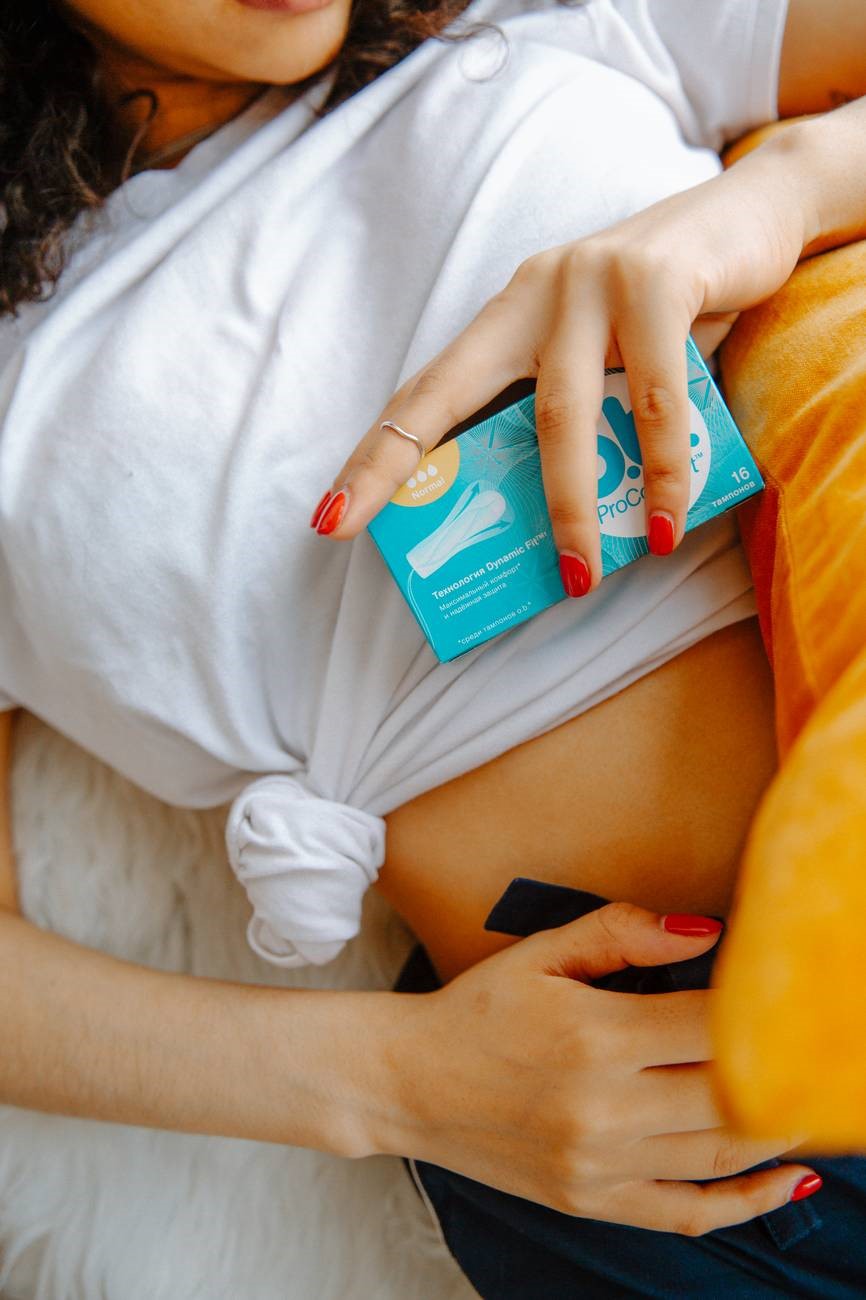In the making of Vitamin D
Vitamin D is naturally manufactured in the skin after the absorption of sunlight. Another way of Vitamin D supplementation is through Vitamin D-rich food like Fish (Salmon), Chestnut (Mushrooms), Fortified Milk, Fortified Yogurt, Eggs. Supplements etc.

Vitamin D deficiency – too little Vitamin D
Vitamin D deficiency is known as the most common nutritional deficiency condition globally. Humans obtain Vitamin D naturally through the skin (on sunlight exposure), some natural foods (such as oily fishes), fortified foods (such as fortified milk), and Vitamin D medicines/ supplements (such as cholecalciferol and ergocalciferol).

Western countries such as the USA, Norway, and Canada have shown an improving trend in Vitamin D status. Whereas the prevalence of Vitamin D deficiency is more in India, despite adequate sunshine.
The Vitamin D market in India grew from 2.98 billion (INR) in 2014 to 5.38 billion (INR) in 2018. This directly proves that Vitamin D supplementation increased tremendously during this period. Interestingly, Vitamin D deficiency showed a declining trend in women more than men. This can be attributed to a greater awareness of the perils of Vitamin D deficiency (in females) among physicians in India, leading to a greater increase in Vitamin D supplementation in this group.
Indian women are well aware of Vitamin D supplementation compared to Indian men
Vitamin D deficiency is more prevalent among men, both from the urban and rural population of India.
Seasonal effect
Vitamin D levels are high during summers compared to winters in the rural part of Northern India. This is directly related to exposure to the sun during summer versus winter. During winter the sunshine gets limited as well as people tend to cover their bodies to protect themselves from cold weather. Both of these adds up to block the sun and in turn reduction in skin exposure to the sun.
Hypervitaminosis D – too much Vitamin D
Hypervitaminosis D is an increasingly recognized problem mostly due to overzealous supplementation or prescription errors. There has been an increasing trend in the occurrence of hypervitaminosis D. The prevalence is high among children which leads to life-threatening situations like an increase in calcium levels in the kidneys (nephrocalcinosis) and could lead to kidney failure (renal dysfunction). Such conditions can leave a lifelong impact on a child’s health.
In a recent study published in the Indian Journal of Endocrinology and Metabolism, Raizada N et al. concludes “A long-term trend toward increasing serum Vitamin D levels and a decrease in the prevalence of Vitamin D deficiency in both genders, especially females. It is likely that increased awareness about VDD and its prevention and treatment among physicians accounted for this observation.”
Image Credits: Wikimedia, Marco Verch (Flickr)
























